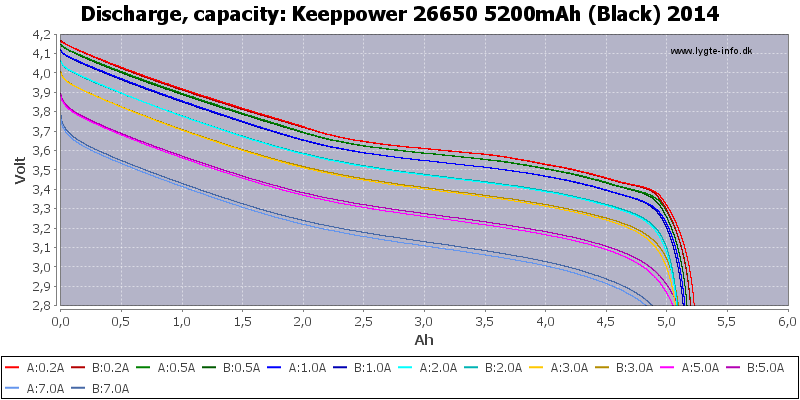I have here a NiMH rechargeable AA battery (brand is Tenergy). It says 2600 mAh and its 1.2 volts. Tenergy most likely isnt that high quality but it works.
I have a single AA flashlight which uses 1amp when its running but I notice the NiMH battery needs frequent charging.
An example of an 18650 battery is this one on Amazon.com:
- 2 Sony US18650VTC4 18650 VTC4 2100mAh 30A Rechargeable High Drain Batteries
People are pretty happy with this battery with most reviews at 5/5 (although the mAh is a lower for example some have 5000mAh).
Its 3.7 volts like any lithium battery. It actually has less capacity than the AA battery (2100 as opposed to 2600mAh) and the 18650 is slightly larger in dimensions but not 3 times as big.
I've seen people say that a 18650 is equivalent to 3 or 4 AA batteries and people here on this forum also said the same and recommended me that battery so I'm thinking of switching from AA to 18650 for the flashlight but first I'd like to understand (1) why its equivalent to 3 or 4 batteries even though the capacity may be lower for some cases (2) what makes a battery more powerful or how we decide if battery X is more powerful than Y. I understand the concept of high-drain, i.e. if a battery can support high current. This is needed in situations like e-cigarettes where there's going to be a lots of current going through the coils.
Is it because... 3.7 volts / 1.2 volts = 3.08? That is, for the same mAh, the battery will be about 3 times more powerful, correct? Just making sure.
I tried Google but I couldn't find an answer. Others who wondered about the same question and observed the similar battery sizes will find this thread helpful.
I have a single AA flashlight which uses 1amp when its running but I notice the NiMH battery needs frequent charging.
An example of an 18650 battery is this one on Amazon.com:
- 2 Sony US18650VTC4 18650 VTC4 2100mAh 30A Rechargeable High Drain Batteries
People are pretty happy with this battery with most reviews at 5/5 (although the mAh is a lower for example some have 5000mAh).
Its 3.7 volts like any lithium battery. It actually has less capacity than the AA battery (2100 as opposed to 2600mAh) and the 18650 is slightly larger in dimensions but not 3 times as big.
I've seen people say that a 18650 is equivalent to 3 or 4 AA batteries and people here on this forum also said the same and recommended me that battery so I'm thinking of switching from AA to 18650 for the flashlight but first I'd like to understand (1) why its equivalent to 3 or 4 batteries even though the capacity may be lower for some cases (2) what makes a battery more powerful or how we decide if battery X is more powerful than Y. I understand the concept of high-drain, i.e. if a battery can support high current. This is needed in situations like e-cigarettes where there's going to be a lots of current going through the coils.
Is it because... 3.7 volts / 1.2 volts = 3.08? That is, for the same mAh, the battery will be about 3 times more powerful, correct? Just making sure.
I tried Google but I couldn't find an answer. Others who wondered about the same question and observed the similar battery sizes will find this thread helpful.


